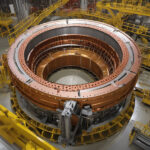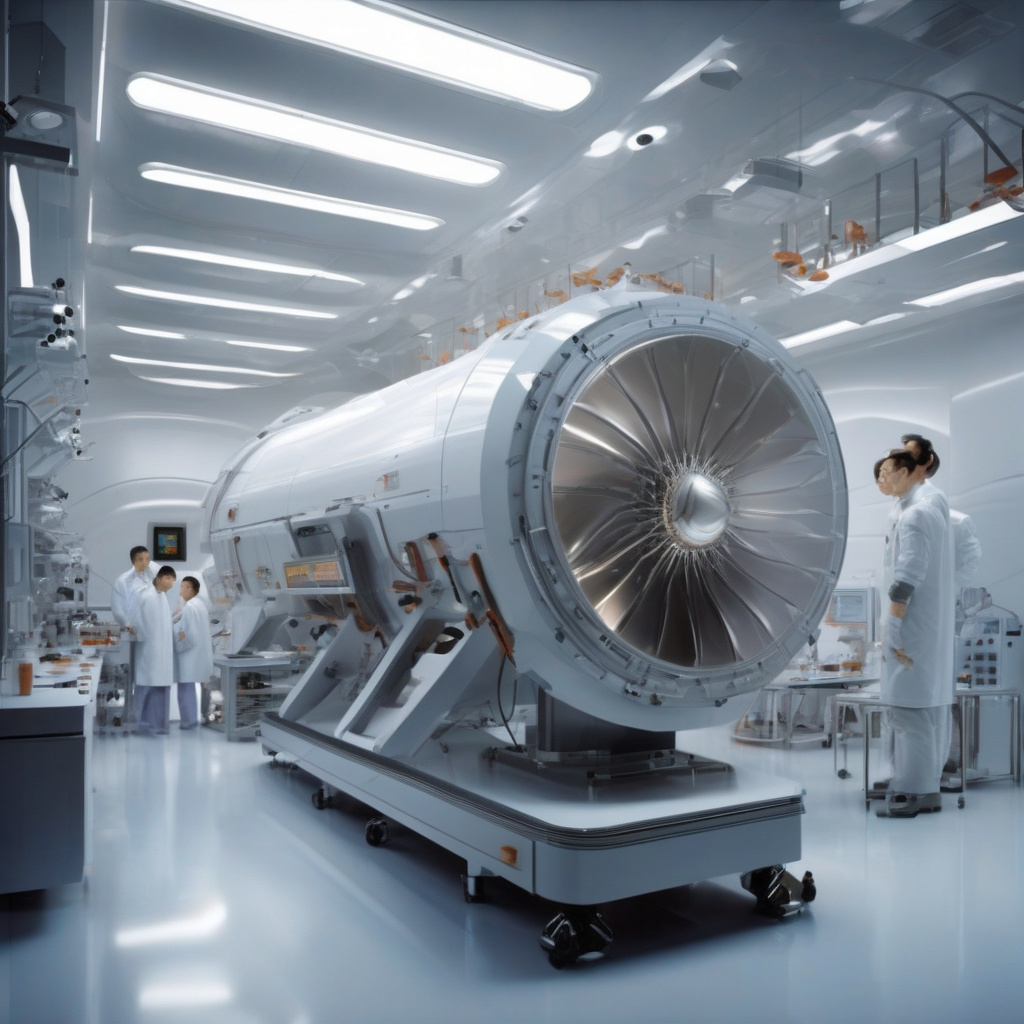China’s Breakthrough: Hypersonic Heat Shield Shatters Thermal Limits
Chinese scientists have created a new material capable of withstanding temperatures of up to 3,600 degrees Fahrenheit (2,000 degrees Celsius), heralding a new era in hypersonic technology. This cutting-edge heat shield not only surpasses the previous thermal limits but also outperforms existing materials by a significant margin, withstanding an astonishing 6,512 degrees Fahrenheit (3,600 degrees Celsius).
The development of this groundbreaking material represents a major leap forward in the field of aerospace engineering, particularly in the race to harness hypersonic technology. Hypersonic vehicles, which can travel at speeds five times faster than the speed of sound, have the potential to revolutionize various industries, from defense to transportation. However, the extreme temperatures generated during hypersonic flight present a formidable challenge, requiring advanced heat-resistant materials to ensure the vehicle’s survival.
The Chinese researchers responsible for this innovation have drawn inspiration from nature, specifically the scales of a type of fish found in the Amazon River basin. By mimicking the intricate structure of these fish scales, which are known for their exceptional heat resistance and durability, the scientists were able to design a material that can withstand the intense heat experienced during hypersonic flight.
One of the key advantages of this new heat shield is its lightweight nature, which is essential for maintaining the overall efficiency and performance of hypersonic vehicles. Traditional heat-resistant materials are often heavy and cumbersome, adding unnecessary weight to the vehicle and reducing its speed and agility. In contrast, the innovative material developed by the Chinese scientists is not only highly resilient to heat but also remarkably lightweight, offering a winning combination of strength and efficiency.
Furthermore, the scalability of this new material makes it suitable for a wide range of applications beyond hypersonic vehicles. From spacecraft re-entry shields to industrial furnaces, the potential uses of this heat-resistant material are diverse and far-reaching. Its ability to withstand extreme temperatures while remaining lightweight and durable positions it as a game-changer in multiple industries where heat management is a critical factor.
As China continues to make significant strides in technological innovation, particularly in the realm of aerospace engineering, the development of this hypersonic heat shield underscores the country’s commitment to pushing the boundaries of what is possible. By investing in cutting-edge research and fostering a culture of scientific advancement, Chinese scientists have once again demonstrated their ability to compete on a global scale and drive progress in key technological areas.
In conclusion, China’s breakthrough in creating a hypersonic heat shield that defies thermal limits marks a significant milestone in the field of aerospace engineering. With its exceptional heat resistance, lightweight design, and versatility, this innovative material has the potential to revolutionize hypersonic technology and pave the way for new advancements in various industries. As the demand for faster, more efficient transportation and defense systems grows, this groundbreaking heat shield positions China at the forefront of innovation and sets the stage for a new era of technological progress.
#China, #HypersonicTechnology, #HeatShield, #AerospaceEngineering, #Innovation












